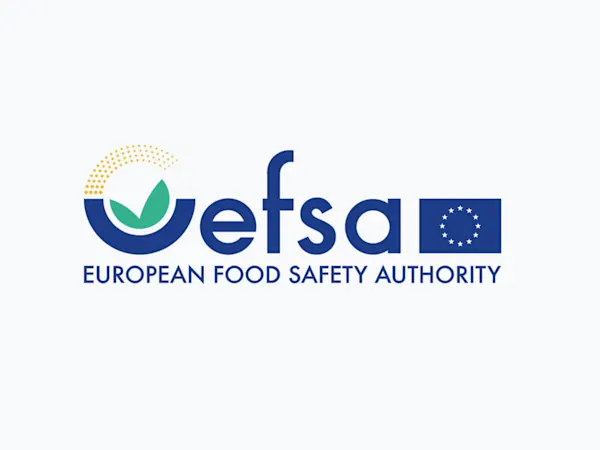
Illinois to Ban Nonbiodegradable Plastic Glitter in Personal Care Products by 2029
Illinois will prohibit nonbiodegradable plastic glitter in personal care products by 2029, impacting manufacturers, retailers, and regulators alike.


In a significant move to bolster environmental protection and public health, the United States Environmental Protection Agency (EPA) announced a proposal to list nine specific per- and polyfluoroalkyl substances (PFAS), along with their salts and structural isomers, as hazardous constituents under the Resource Conservation and Recovery Act (RCRA). This proposal, signed by the EPA Administrator, targets Title 40 of the Code of Federal Regulations Part 261 Appendix VIII, marking a pivotal step in the agency's ongoing efforts to combat PFAS contamination.
The compounds targeted in this proposal include:
To qualify for listing as a hazardous constituent under the RCRA, scientific evidence must demonstrate that a chemical poses toxic, carcinogenic, mutagenic, or teratogenic risks to humans or other life forms. The EPA's evaluation of toxicity and epidemiological data concluded that these nine PFAS compounds meet the necessary criteria for hazardous designation.
The inclusion of these PFAS chemicals under the RCRA framework is aimed at enhancing the agency's capacity to initiate corrective actions against PFAS pollution, particularly at hazardous waste treatment, storage, and disposal facilities. Importantly, this measure is designed to facilitate further corrective actions without imposing the comprehensive "cradle to grave" management controls typically associated with RCRA hazardous waste.
Public comments on this proposal will be open for 60 days following its publication in the Federal Register, inviting stakeholders and the general public to contribute their perspectives on this critical environmental health initiative.
PFAS, often referred to as "forever chemicals" due to their persistent nature, have been utilized in numerous industrial applications and consumer products since the 1940s, including in adhesives, clothing and furniture coatings, firefighting foam, and more. Growing scientific evidence links PFAS exposure in the environment to a range of adverse health outcomes in humans and wildlife.
This proposal builds upon previous actions, including a petition by the Governor of New Mexico in June 2021, urging the EPA to classify PFAS as hazardous wastes under RCRA. The EPA's response in October 2021 signalled the initiation of rule making processes to consider adding certain PFAS compounds as hazardous constituents, setting the stage for more comprehensive regulatory measures.
Foresight continuously tracks 1000s of sources and maps updates to your portfolio:




Illinois will prohibit nonbiodegradable plastic glitter in personal care products by 2029, impacting manufacturers, retailers, and regulators alike.

ChemSec updates the SIN List with neurotoxicants, spotlighting brain-damaging chemicals and urging EU regulators to act swiftly on these hidden threats.

EFSA launches consultation on updating its Weight of Evidence and Biological Relevance guidance, aiming to streamline chemical risk assessment practices.
Subscribe to Foresight Weekly and get the latest insights on regulatory changes affecting chemical compliance.
Free forever. Unsubscribe anytime.
Read by professionals at